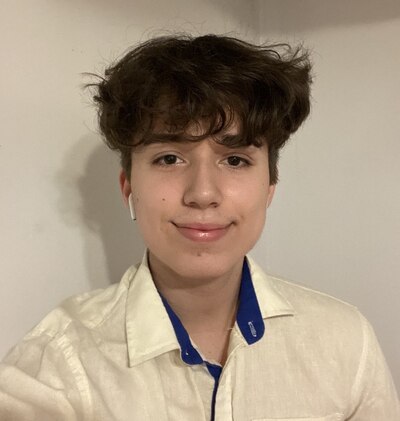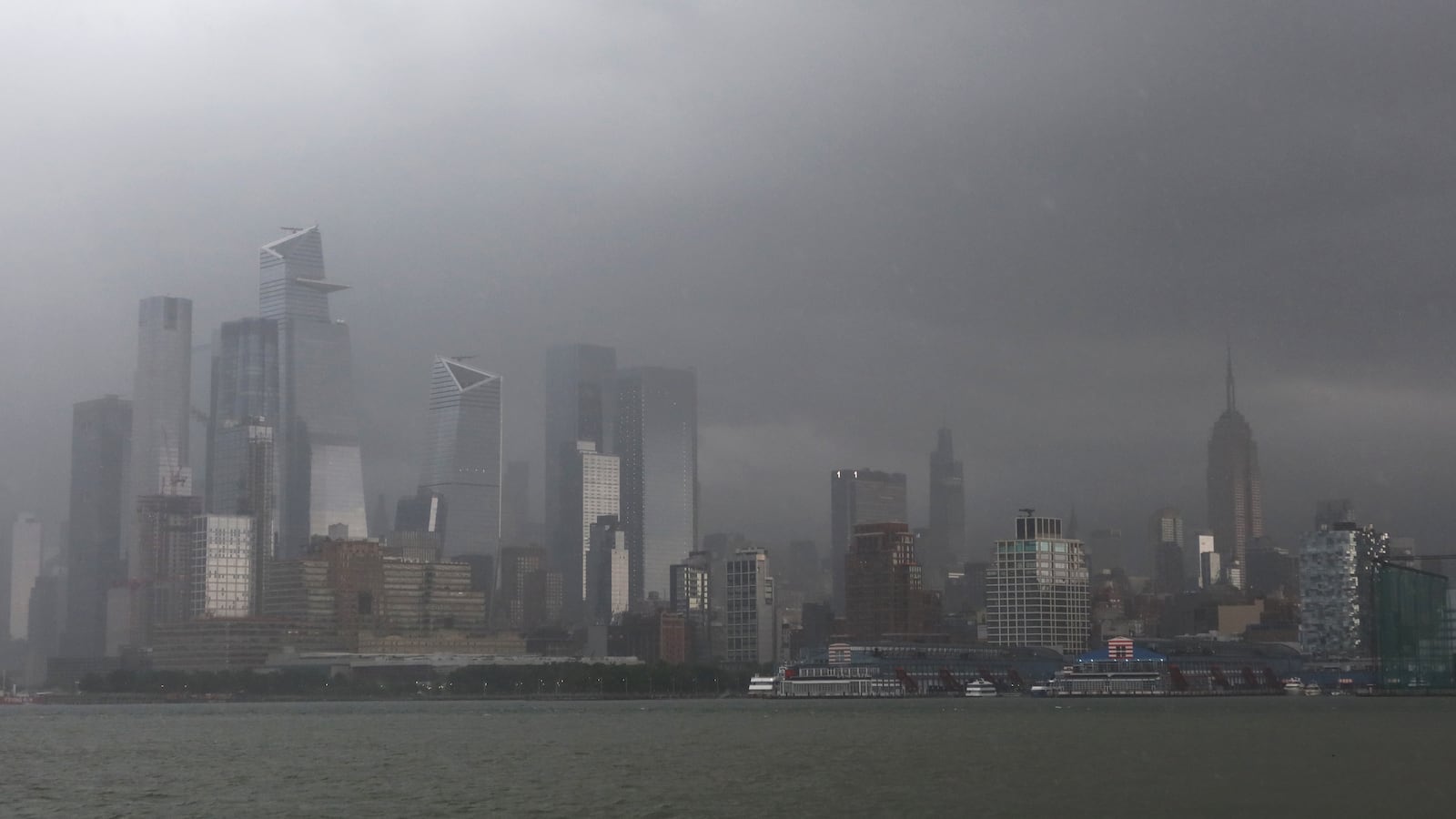A summer storm in New York City again proved how unprepared our neighborhoods are for intense rainfall and other climate-induced extreme weather. In Washington Heights, where I live, there were pools of water at crosswalks with nowhere to drain. When I finished work on July 18 and returned to our basement apartment at around 5 p.m., my mother was emptying the water seeping into our entrance. She’d been at it for almost three hours.
I waited outside until the water drained enough and I could jump over the steps to get inside my home. I’m used to it. Our house floods almost every time we have a massive storm. Hurricanes and tropical storms are the worst, but even a heavy rainstorm, like the one last month, brings pools of water to my home, and elsewhere throughout Northern Manhattan.

As climate change causes increasing and irreversible damage to communities like Washington Heights, what are families like mine supposed to do? Just get used to it and hope the next storm isn’t as strong? Due to poor sanitation management in some areas of the city, trash and debris are more likely to pile up on the streets, which can strain the city’s sewage system during storms. Furthermore, bacteria from waste can enter runoff water and impact the health and well-being of our local ecosystems, vegetation, and residents.
While our city needs improved infrastructure, trash matters, too. With intensified climate change and more massive storms, one fix is to make sure garbage doesn’t clog drains, thus preventing flooding by improving the quality and consistency of sanitation.
Keeping the streets of Washington Heights clean is a climate justice issue.
When I think about environmental and climate justice, I consider the long history of resistance, transformation, and youth leadership. Specifically, I think about the summer of 1969, when the Young Lords (a political and civil rights organization), responding to an overflow of garbage on the streets of El Barrio, or East Harlem, turned uncollected refuge into street barricades. They set some of it on fire, and the incident became known as the garbage fires of freedom.
Fast-forward half a century, my peers at Washington Heights Expeditionary Learning School and I have dedicated ourselves to the youth-led Clean Air Green Corridor, which empowers Black and brown high school youth to reimagine and reclaim public spaces. We are working to transform five blocks along 182nd Street between Amsterdam Avenue and Broadway into a hub for building community power, healing, climate change resilience, and grassroots action in Washington Heights. We have our work cut out for us.
Because climate change means severe storms will increase, and they will disproportionately impact marginalized communities in flood zones.
According to the Rainfall Ready NYC Action Plan, “New Yorkers can expect rainfall volumes and intensities that our city’s infrastructure was not designed to capture.” Since low-income neighborhoods of color, like Washington Heights and Dyckman, have less green infrastructure than more affluent neighborhoods, residents of these neighborhoods must contend with the most severe effects of climate change. Put simply: If the city does not invest in my community’s environment, my family’s home will deteriorate.
Keeping our streets clean is also a racial justice issue.
I have lived in Northern Manhattan, east of Broadway, my whole life. Many low-income, Latinx, immigrant, mixed status, and Spanish-speaking New Yorkers live there. Asthma rates are high. The conditions, cleanliness, and access to sanitation services for our streets do not compare to that west of Broadway, where the population is less dense, more affluent, and, yes, whiter.
I applaud the efforts of our New York City Councilmember Carmen De La Rosa, state Sen. Robert Jackson, and neighbors in Washington Heights — all of whom have come together to advocate for and lead community trash clean-ups (on city streets and in local parks) Such clean-ups recognize city streets are where we live, work, play, pray, and learn. As we continue to emerge from COVID and prepare for the increasingly harmful impacts of climate change, I hope that the city responds to our community’s need for a cleaner, greener environment and invests in valuable green infrastructure projects, like our Clean Air Green Corridor, which is working to connect six schools and thousands of community residents to open, green space along 182nd Street.
I also hope that this moment empowers members of our community to advocate for more waste management services in our neighborhood. Regardless of ZIP code or circumstances, we all deserve to live in a clean, healthy, thriving, and beautiful neighborhood.
Iovanni Romarion, a lifelong resident of Washington Heights, is an environmental Intern at Futures Ignite. He is a proud 2021 graduate of the Washington Heights Expeditionary Learning School, or WHEELS, and a rising sophomore at the University of Chicago.



